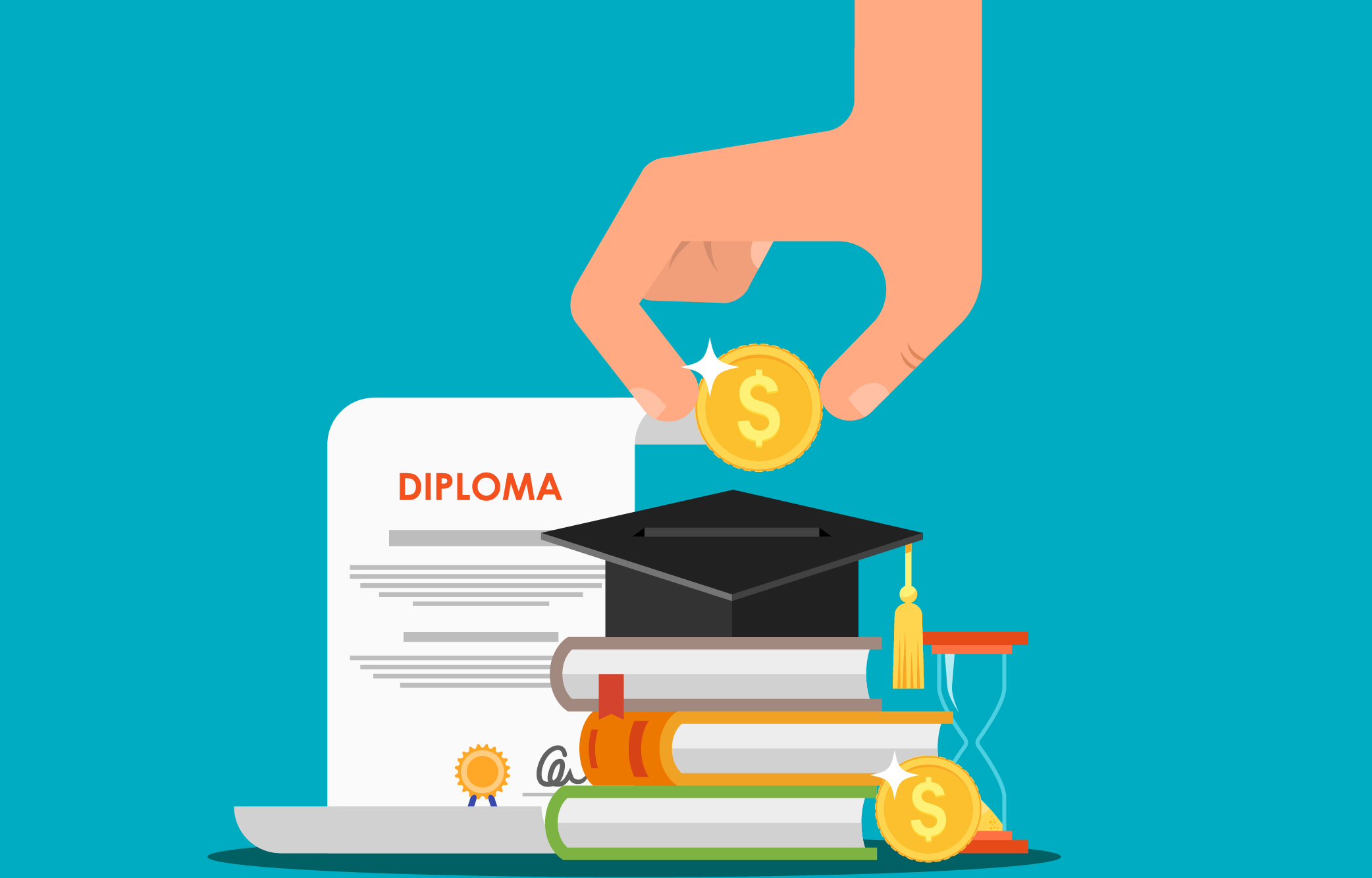Cost-cutting carries a negative connotation. Just as the concept is even mentioned, images of untimely redundancies and sudden lay-offs are conjured up. But cost-cutting should not necessarily translate automatically to a cash-hungry management: sometimes, in the ideal scenario, it is more about providing a better service by allocating money where it should be going, and siphoning it off from where it isn’t doing much good.
And as with any institution, schools would do well to consider recreating a more efficient financial model for schools, in the interest of providing a wholesome educational and character-building experience – and, in the process, spending where it counts most for students, parents, and educators.
Here are 4 ways to create a more efficient financial model for schools:
-
Spending on services
Spending-on-services is a somewhat tricky concept to understand because it isn’t what it immediately seems to be: it isn’t about spending more on services. It is, rather, an approach that attempts to identify per-student expenditure in relation to their individual needs. For instance, it might cost more to more per-student deliver a foreign language course than an algebra course. This data, when compared to teacher salaries, informs school management about how to better schedule their spending.
In this way, schools can allocate resources to where they’re needed most by students. As an added bonus, this strategy could even be marketed to parents, who would be more than glad to know that their children’s school puts both thought and strategy into allocating the resources their children need in the areas needed most.
-
Investing in educational apps
Mobile applications are an educational wonder: they’re extremely cheap and they engage students in a way that delights their tech sensibilities. And when it comes to school spending, apps can be nigh on magical cost-cutting tools. While schools spend thousands teaching a certain skill, apps might prove even more effective and cost a lot less. They also help teachers better interact with students, by giving them an added medium in which to communicate and bond.
Like it or not, the App Generation is here to stay. And schools would do well to leverage them.
-
Cooperative purchasing
Schools shouldn’t exist in a vacuum, and school spending shouldn’t either. Schools can cooperate in their large-scale purchasing and in turn, reduce costs across the board. This is traditional economies of scale at work: the larger the quantity of supplies the schools purchase (and this includes everything from scholastic supplies and books, to cafeteria supplies, to even washroom supplies), the cheaper they will be to source from suppliers of these essential products. Therefore, if schools can manage an agreement to cooperate on purchasing, all the schools reach an altruistic outcome that benefits all parties.
After all, if any institution should base its modus operandi on cooperation for the greater good, it should be schools.
-
Reducing school energy use
The environmental impact of reducing school energy use – and energy use everywhere else, for that matter – is perhaps too obvious to mention here, but schools being large institutions where a huge number of joules are expended every single school day makes them excellent candidates for a greener approach. Schools can liaise with local energy providers to identify areas of possible reduction, or even cooperate with contractors to reduce energy consumption around the school.
Encouraged by their teachers, students can take part too. Teachers can even set up weekly class- or even school-wide contests where at the end of each ‘green week,’ several students are celebrated for their contributions to reducing energy use, so doubling as a wholesome competitive activity.










